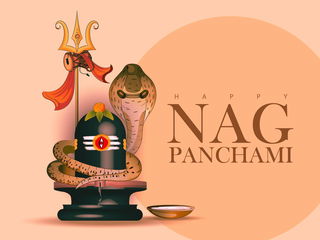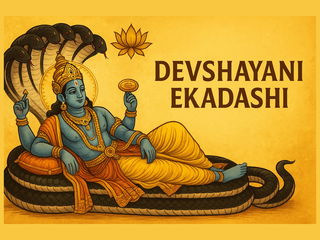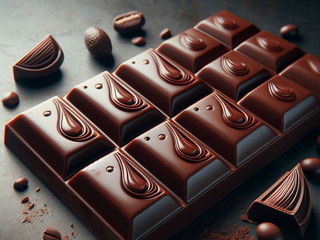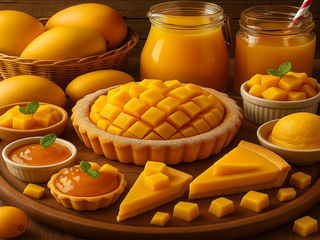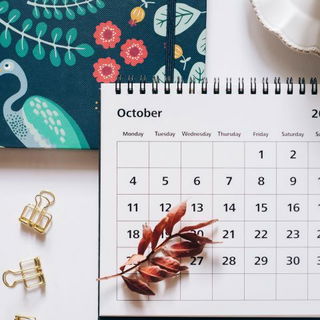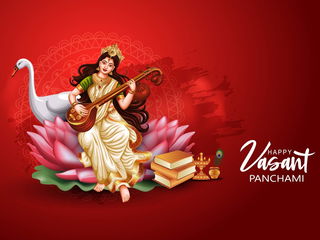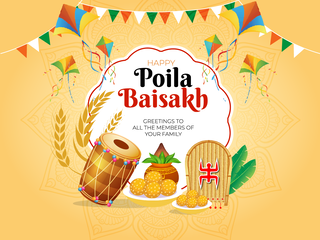- Calendar
- Calendar 2025
- September
- Durga Puja
Durga Puja
Durga Puja is a ten-day festival that celebrates the triumph of Goddess Durga over the evil demon Mahishasura. It will be celebrated from October 09 and continue till October 12 in 2024. Durga Puja is the time when Maa Durga visits the earth to greet and bless her devotees.
This festival is primarily a grand celebration among the Bengali community living in West Bengal. However, Durga Puja is also celebrated with much fervor in Assam, Odisha, Tripura, Bihar, and Jharkhand.
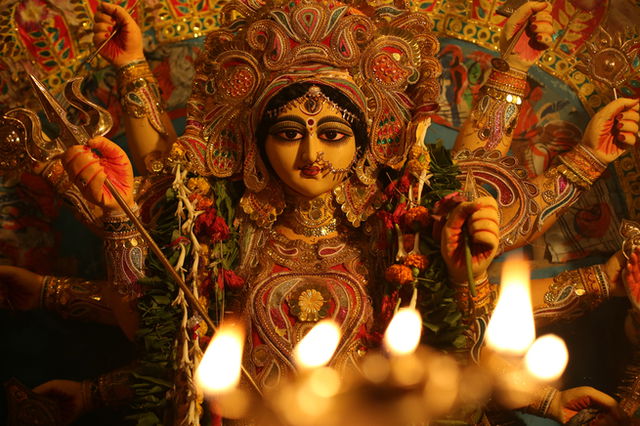
West Bengal observes a long holiday on Durga Puja.
Durga Puja 2024 Schedule
| Durga Puja Day | Date | Day of the week |
|---|---|---|
| Mahalaya | October 02 | Wednesday |
| Maha Panchami | October 08 | Tuesday |
| Maha Sashti | October 09 | Wednesday |
| Maha Saptami | October 10 | Thursday |
| Maha Ashtami | October 11 | Friday |
| Maha Navami | October 11 | Saturday |
| Vijaya Dashami | October 12 | Saturday |
11 Durga Puja Pandals To Look Out For In 2024
Deshapriya Park
The 2024 Durga puja theme is Bhubaneshwari. Last year, the theme was Jyoti - From Darkness to Light. Every year, the themes reflect a deep cultural and spiritual narrative, blending art, tradition, and modern interpretations.
Sreebhumi Sporting Club
Sreebhumi has been one of the most anticipated Durga puja pandals every year. The 2024 theme of Sreebhumi Sporting Club is Tirupati temple in South India. However, be prepared for long traffic jams and queues.
Kumartuli Sarbojinin Durgostav
The 2024 theme of Kumartuli Park pandal is 'khuda' (translation: hunger) which highlights the Farmer's protest that has been at the forefront of news since 2020. Tools used by farmers and food motifs will supposedly be used to decorate the pandal so make sure not to miss out on this iconic pandal in North Kolkata.
Hazra Park Durgotsav
The theme of Hazra Park this year is 'Shuddhi' (translation: Purification). Organized mostly by Dalits, Hazra Park focuses on the idea of cleansing, promoting equality and removing caste discrimination. The organizers hope to encourage unity and healing in the community.
Kalyani ITI More Luminous Club
This year's theme of Kalyani ITI More Luminous Club is Arun Temple, a famous Buddhist temple in Bangkok. As per reports, jhinuk (sea shells) are being used to decorate the interiors of the pandal and it will be around 160 ft long.
The way to reach Kalyani ITI More Luminous Club is to travel to Kalyani railway station. From there, you can get an auto or toto to reach the club.
Jagat Mukherjee Park
The 2024 theme of Jagat Mukherjee Park is Howrah metro station. Although this metro station wouldn't get you anywhere, you will definitely love visiting it. The idol of Maa Durga is situated above a clay model of a crocodile so you'll get to see something different this year.
College Square Sarbojanin
College Square Sarbojanina Durgostab Committee are organizing a Switzerland Parliament House-themed pandal this year. Last year, the theme was Mysore Palace.
Chetla Agrani Club
This year, the Chetla Agrani Club has touched on a major concern for their Durga Puja theme- Ganga pollution. It's quite unique so if you wish to see it yourself, remember to get down at Kalighat metro station since it is the closest to Chetla Agrani Club.
Belgachia Sadharan Durgotsav
The 2024 theme of Belgachia Sadharan Durgotsav is 'Palki kotha'. A "Palki" is a type of traditional, hand-carried transport used in India. It's like a small covered seat or carriage where a person can sit, and it is carried on the shoulders of several people using long poles. In earlier times, palkis were used to transport important people, brides during weddings, or even religious idols during processions.
Telengabagan Sarbojanin Durgotsab
Similar to Chetla Agrani Club, Telangabagan Sarbojanin Durgostab focuses on a social concern this year- food wastage. If it sounds intriguing, don't forget to check out this pandal!
Santosh Mitra Square Durga Puja Pandal
Santosh Mitra Square Durga Pandal is one of the most highly anticipated pandals of the year. Its 2024 theme is the Las Vegas Sphere in the United States. The pandal is supposedly entirely made of LED screen so gear up for a surreal experience!
Mahalaya
Every year, people celebrate Mahalaya a week before the Durga Puja festivities begin. The auspicious period of Mahalaya will begin at 09:39 PM on October 1 to 12:19 AM on October 2 in 2024.
As per Hindu mythology, it is believed that Goddess Durga leaves her home in Mount Kailash on this day and proceeds towards the earth, her maternal home.
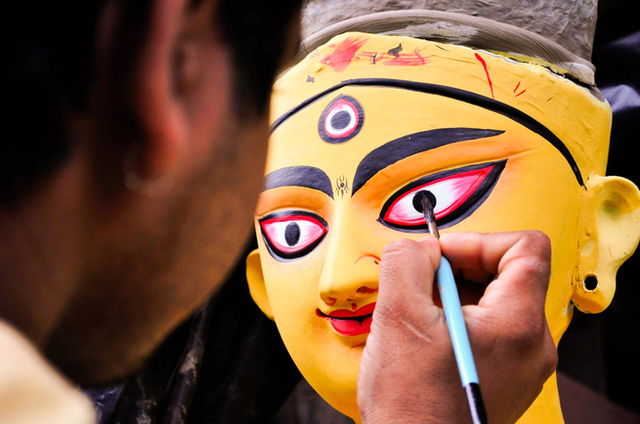
A popular tradition on this day includes waking up early in the morning, and listening to ' Mahishasura Mardini '. Mahishasura Mardini is a powerful recitation in Sanskrit that narrates the tale of Maa Durga's creation of her and her victory against the evil Mahishasura.
The much-loved program is broadcast by All India Radio at 4:00 am in the morning every year.
Maha Panchami
Maha Panchami is an important day in West Bengal as it kickstarts the beginning of the Durga Puja celebration or the five days of worship. People wish each other by saying 'Subho Panchami' (Translation: Happy Panchami).
Panchami is the day when people worship Skandmata, the fifth avatar of Maa Durga.
Maha Sashti
Maha Sashti marks the arrival of the great Goddess Durga along with her four children, Lakshmi, Saraswati, Kartika, and Ganesha, to her father's house on earth. Although Maha Sashti is technically the sixth day, it marks the formal beginning of Durga Puja.
On this day, Maa Durga's face is unveiled in a sacred ritual called Bodhan. Besides this, three other rituals are performed: Kalprarambha, Amontron, and Odhibash.
According to Hindu mythology, Lord Rama prayed to Goddess Durga before embarking on the fight against Ravana to rescue his wife Sita.
Maha Saptami
Maha Saptami is the seventh day of Durga Puja. It is a significant day because it marks the start of the battle between Goddess Durga and Mahishashur, an evil Bovine or Buffalo demon.
Maha Saptami is accompanied by many traditional rituals and customs:
- Mahasnan: Mahasnan is a simple and meaningful practice of giving a bath to Maa Durga. For this, a vessel or container with a mirror is placed in front of the idol. The mirror is placed at an angle where Maa Durga's reflection is visible. Turmeric and mustard oil are applied on the mirror after which holy water is poured on it.
- Nava Patrika: Nava and Patrika are Sanskrit words which mean nine and leaves respectively. Nine leaves from trees including Turmeric, Banana, Rice Paddy, Kacu, Pomegranate, Wood Apple, Jayanti, and Ashoka are given a ritualistic bath and installed in the place of worship. The nine trees symbolize nine forms of Maa Durga.
- Prana Pratishta: In this ritual, the priest instills life in the idol of Maa Durga by reciting hymns and mantras.
Maha Ashtami
Maha Ashtami, also known as Maha Durgashtami, is the third day of Durga Puja and the eighth day of Navaratri. As the name indicates, this is the day when the eighth form of Maa Durga, Maa Mahagauri is worshipped.
Maha Ashtami is considered to be the most sacred time for Pushpanjali when flowers are offered to the Goddess. Sandhi Puja is also an important ritual followed on this day. It is carried out at a specific time when Ashtami Tithi ends and Navami Tithi begins.
Maha Navami
The word 'navam' means nine. Thus, Maha Navami is the ninth day of Navaratri. It begins right after the Sandhi Puja on Maha Ashtami.
According to Hindu mythology, Maha Navami marks the final day of battle between Goddess Durga and Mahishahura and finally the victory of good over evil. This is why Maa Durga is also known as Mahishasuramardini which means the one who killed Mahishasura.
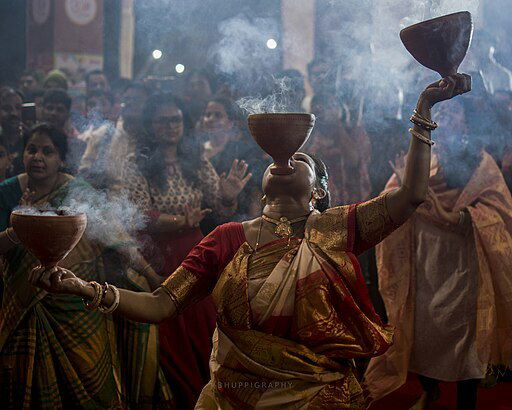
On Maha Navami, 'dhunachi naach' is a popular tradition where people dance joyfully holding a dhunachi or incense burner.
Vijaya Dashami
Vijaya Dashami finally marks a sad end to the Durga Puja.
After defeating Mahishasura, Maa Durga is believed to leave for her in Law's House in Kailash Parvat where her husband Lord Shiva lives.
On Vijaya Dashami, people immerse the idol of Maa Durga in Ganga or nearby water bodies. The journey of Goddess Durga to the river or lake is accompanied by local residents who sing and dance to the beats of Dhak (traditional drums) throughout the procession route.
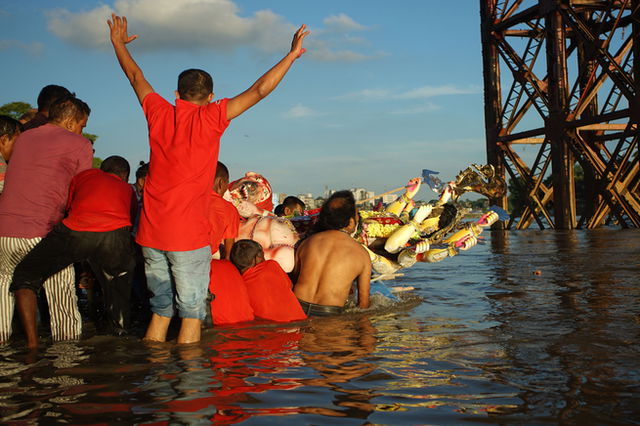
Sindur Khela is a popular tradition followed on this day. Traditionally, married women smear vermillion on Maa Durga and other women to mark the significance of sindur in the lives of Hindu married women.
Interesting Facts About Durga Puja
- Maa Durga has three eyes. Her left eye symbolizes desire, her right eye symbolizes action and the third eye on her forehead represents fire and knowledge.
- Kumari Puja, a tradition in Durga Puja where young women are worshipped, has a deep symbolic significance. It acknowledges that every woman has a divine or godly presence inside them.
- The demon Mahishashura earned a boon from Lord Brahma. He said that no ordinary male warrior will ever be able to defeat him and that only a brave woman was capable of doing so. Thus, Shiva, Vishnu, Brahma, and other gods created Maa Durga to defeat him.
Upcoming Durga Puja Dates
| Year | Date (From Shashthi to Dashami) |
|---|---|
| 2025 | September 28 (Sunday) to October 2 (Thursday) |
| 2026 | October 17 (Saturday) to October 21 (Wednesday) |
| 2027 | October 6 (Wednesday) to October 10 (Sunday) |
| 2028 | September 24 (Sunday) to September 28 (Thursday) |
| 2029 | October 13 (Saturday) to October 17 (Wednesday) |
| 2030 | October 2 (Wednesday) to October 6 (Sunday) |
You might find these article interesting:
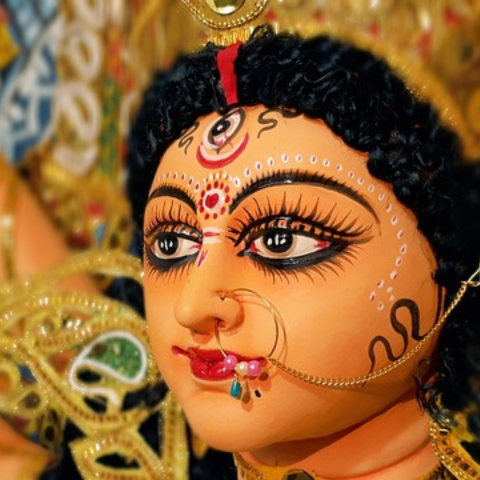
Other Celebrations
-
Sep 22 MonNavratri Holiday
-
Oct 21 Tue
-
Oct 22 Wed
-
Oct 22 Wed
-
Oct 27 Mon
-
Oct 29 Wed

Durga Puja - Next years
Saturday, 17 October 2026
Wednesday, 06 October 2027
Monday, 25 September 2028

